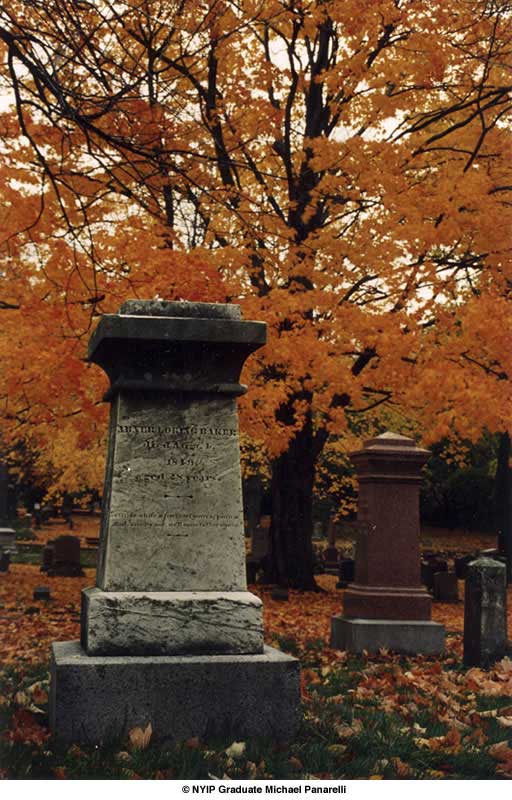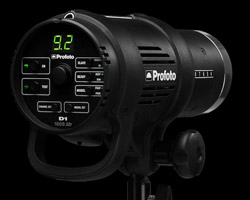One of the most frequent requests we get from photographers who visit NYIP is for information and samples of Release Forms. We can take a hint!
Here's a general Release Form that you are free to copy and use on your own professional jobs. We offer you this caveat, however: Our attorney advises us to tell you that we accept no responsibility for any liabilities you may incur on any of your jobs, and we hereby do so. And for any really big jobs you undertake, we suggest you consult your attorney to make sure that the Release Form you use covers all the points that are appropriate to the specific job.
Many photo contests, require releases of readily identifiable people in the photograph. Sometimes a property release is also necessary. This email address is being protected from spambots. You need JavaScript enabled to view it. if you would like a sample of a basic property release.
In case you're interested in getting more information about Release Forms and how to use them, we recommend Business and Legal Forms for Photographers by Tad Crawford, published by Allworth Press. Whether you read this book or not, here are a few important things we think you should know about Release Forms and your liability:
First and foremost, realize that any signed Release is better than no signed Release. If your subject signed a Release acknowledging that you have the right to use the photos you have taken of them on a given date, then you've covered the most important bases.
When do you need a Release and when don't you? There are no absolute rules, but here are the important things to know. If you're going to sell an image of a person (or sometimes pets and property, as well) for commercial use, then you definitely need a Release. On the other hand, if you're going to sell an image of the person (or pet or property) to a newspaper for a news story, then you probably don't need a release. Here's an example: Suppose you take a picture of your neighbor tripping over a broken piece of sidewalk. It's a good photo. Even though she wasn't hurt, you have her sprawled in mid-air arms flailing and a look of alarm on her face as she frantically struggles to maintain her balance.
If you sell this photo to the local newspaper and they run it as part of a news story on broken sidewalks, you probably don't need a Release from her. But now you get a call from a local attorney who thinks the photo would be great for his newspaper ad seeking clients looking for a personal injury lawyer. To sell it to him, you need a Release!
Okay. What if you want to sell this picture to that attorney and you need her to sign a Release? What Release Form should you use?
Here's a simple Release Form that you might use.
Model Release
In exchange for consideration received, I hereby give permission to [ your name here ] to use my name and photographic likeness in all forms and media for advertising, trade, and any other lawful purposes.
Print Name:
Signature:
Date:
If Model is under 18:
I, , am the parent/legal guardian of the individual named above, I have read this release and approve of its terms.
Print Name:
Signature:
Date:
That's about as simple a Release Form as you can get. There's a lot you can do to make it more thorough and more complicated, but as we said before, a simple Release is better than no Release, and this one will do the trick in most simple cases.
There are more detailed Release Forms that deal with such things as passing of rights under the Release to your heirs and assigns, elaboration of the consideration received, and other things you can get the right to do — such as, use the model's name, distort the photo, etc. But you don't need these clauses in most simple situations.
Now, going back to our hypothetical picture, let's weigh a few more factors. If your neighbor wasn't recognizable — say her back was turned and all the picture shows is a female figure taking the tumble — chances are, you don't need a Release. Why do we say "chances are"? Because different jurisdictions rule on this differently; and in any case, we'd have to see the photo to be sure!
What if your subject is a public figure or a celebrity? Say it's the President, a Senator, or some Supermodel taking that tumble. Public figures have less of a right to privacy, but their right to prevent use of their photographic likeness for advertising or trade purposes without their explicit permission is as strong as anyone else's. So, once again, you don't need a Release for a news story. You do need a release if the picture is used in an ad.






